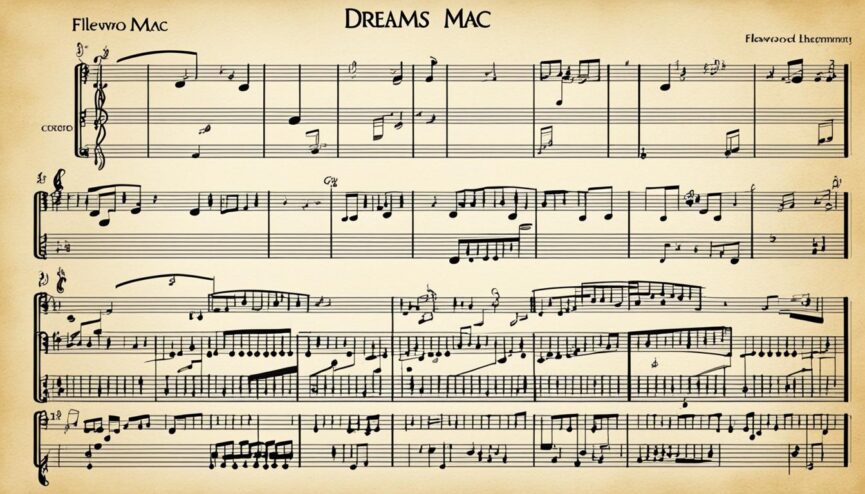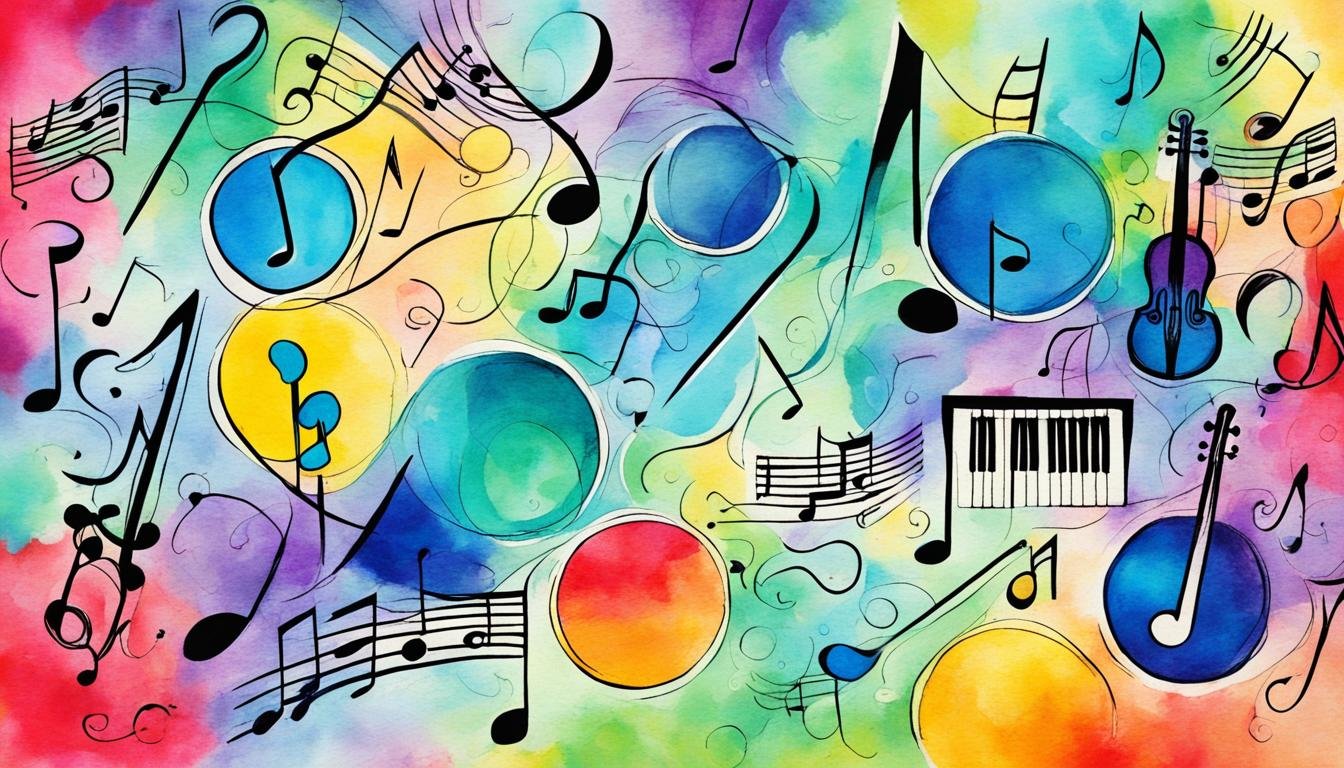What Key Is “Dreams” by Fleetwood Mac In?
When it comes to deciphering the musical key of a song, “Dreams” by Fleetwood Mac is no exception. Written in the key of A Minor, it has gained immense popularity among music enthusiasts. In fact, A Minor is the most commonly used key among the Minor keys and ranks as the 7th most popular key overall. The song predominantly utilizes three essential chords in A Minor: A minor, D minor, and E minor. This insightful information is derived from the comprehensive Theorytab database, making it a reliable source for understanding the key structure of this iconic Fleetwood Mac track.
Key Takeaways
- “Dreams” by Fleetwood Mac is written in the key of A Minor, one of the most popular Minor keys.
- The song primarily incorporates the chords A minor, D minor, and E minor.
- A Minor is widely used in various musical genres, contributing to the appeal and versatility of “Dreams.”
- Understanding the key of a song can help musicians and enthusiasts analyze its harmonic framework and enhance their musical interpretations.
- Referencing the Theorytab database provides factual insights into the key structure of “Dreams” and fosters a deeper appreciation for the song’s composition.
The Harmonic Structure of “Dreams”
The song “Dreams” by Fleetwood Mac features a captivating harmonic structure that contributes to its timeless appeal. The chord progression and melody work together seamlessly, creating a musical experience that resonates with listeners.
When analyzing the harmonic structure of “Dreams,” it’s interesting to note the chord and melodic complexity. The song has a chord complexity rating of 39 out of 100, indicating a moderate level of complexity. This complexity adds depth and richness to the overall sound.
Similarly, the melodic complexity of “Dreams” is rated at 29 out of 100. While not overly complex, the melody flows effortlessly, capturing the emotions conveyed in the lyrics.
One notable aspect of the harmonic structure is the chord-melody tension, which is rated at 74 out of 100. This tension creates a sense of anticipation and intrigue, keeping listeners engaged throughout the song.
The chord progression of “Dreams” also stands out. With a chord progression novelty rating of 22 out of 100, the song offers a unique blend of chords that sets it apart from other tracks. It’s this artistic choice that contributes to the song’s distinctive sound.
Additionally, “Dreams” showcases a chord bass melody rating of 51 out of 100. The way the bassline interacts with the chords and melody creates a harmonious foundation that drives the song forward.

Understanding the harmonic structure of “Dreams” allows us to appreciate the thoughtfulness and craftsmanship that went into creating this iconic Fleetwood Mac song. The interplay between chords, melody, and tension elevates the emotional impact and draws listeners in.
Tempo and Duration of “Dreams”
“Dreams” by Fleetwood Mac has a tempo of 120 BPM (beats per minute), making it a lively and energetic song. The upbeat rhythm sets the pace for this iconic track, making it perfect for dancing and getting lost in its infectious groove.
The duration of “Dreams” is 4 minutes and 14 seconds, creating a captivating musical experience from start to finish. The song’s well-crafted structure ensures that listeners are fully immersed in its melodic journey, allowing ample time to enjoy each musical element and lyrical expression.

With its catchy beat and moderate duration, “Dreams” offers a delightful blend of rhythm and melody that captivates fans of all musical tastes. Whether you’re dancing along or simply enjoying the mesmerizing sounds, this timeless Fleetwood Mac classic never fails to impress and create a sense of joy.
Alternate Keys Considerations
While “Dreams” by Fleetwood Mac is primarily in the key of A Minor, there are several interpretations and variations of the song that may use different keys. Exploring alternate keys can bring a fresh perspective to the iconic track.
1. Key of C Major
One popular alternate key for “Dreams” is C Major. Transposing the song to this key gives it a brighter and more uplifting quality. The shift to C Major enhances the overall mood of the song and can be a refreshing change for musicians and listeners alike.
2. Key of D Minor
Another alternate key option is D Minor. Transposing the song to D Minor can add a touch of sadness and melancholy, emphasizing the emotional depth of the lyrics. This key variation creates a different atmosphere and can be particularly effective for solo performances or intimate renditions.
Keep in mind that when exploring alternate keys, it’s important to find the key that best suits your vocal range or instrumental abilities. Experimenting with different keys can add a unique flavor to your interpretation of “Dreams.”
Having a visual representation of key variations can help you understand the differences and make an informed decision. The image above provides a helpful reference for alternate keys in “Dreams” by Fleetwood Mac.
Playing “Dreams” by Fleetwood Mac
To play “Dreams” by Fleetwood Mac, you can use the chords A minor, D minor, and E minor. These chords, along with the melody, create the signature sound of the song.
Sheet music and chord charts for “Dreams” are widely available online, making it easy for musicians of all levels to learn and play. Whether you’re a beginner or an experienced player, you’ll find resources that suit your needs and help you master this iconic song.
Learning the chords and melody of “Dreams” is just the first step. To capture the essence of the song, pay attention to the dynamics and rhythm. The soft and introspective feel of the verses contrasts with the more energetic and rhythmic chorus, giving the song its distinct character.
With “Dreams” being one of Fleetwood Mac’s most popular and enduring songs, it’s no wonder that many musicians are eager to learn and perform it. So grab your guitar or sit down at the piano, and let the timeless melodies of “Dreams” transport you to a place where music and emotions intertwine.








